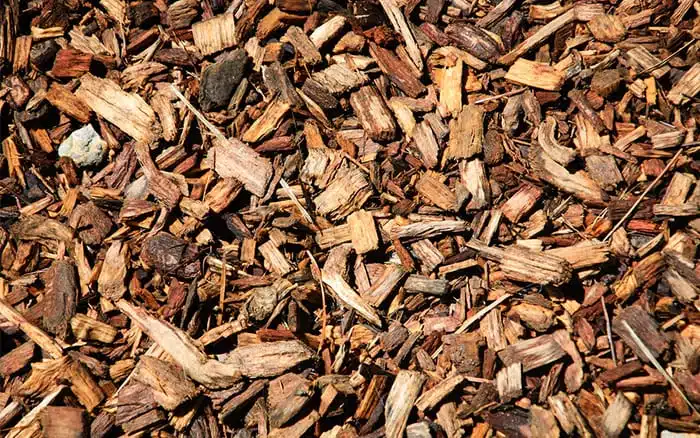
Out with the peat, in with the what?
-
Peatlands
Showcase of a non-exhaustive selection of peat-free pioneers
Over the past decades, both the horticultural industry and hobby gardeners have become increasingly reliant on peat as a growing medium (1). While peat has proven to be an affordable and effective substrate for seedlings, its extraction has severe consequences for the climate, biodiversity, and local communities. Fortunately, the development of peat-free alternatives is gaining momentum, offering gardeners and growers the opportunity to enhance their sustainability practices.
Peat is convenient for seedlings in small pots as its water retention properties prevent waterlogging and rot (2). However, for the majority of planting only small amounts of peat- or their alternatives- are needed. For direct garden planting, a healthy peat-free soil would be perfectly sufficient (2). The range of peat-free options continues to expand, with many products being a blend of materials such as wool, coco coir, bark, leaves, sphagnum moss, and wood fibres. However, it is crucial to ensure that our shift away from peat benefits all life, rather than substituting one harmful practice for another. Below, we examine several popular alternatives.
Green compost
Amazingly, garden waste could be turned into peat-free soil. Municipal collection of leaves and organic matter from parks, cemeteries, and forest maintenance can be processed into compost for local use, supporting a circular economy and providing affordable soil (3,4). However, competition from green-energy production poses a challenge, as these companies may be subsidised, reducing the accessibility of green-compost, both by cost and availability (5). Additionally, the quality of compost varies based on the cleanliness of materials, requiring careful sorting and mixing to ensure effectiveness (6).

Sphagnum moss
Sphagnum moss is the moss layer that grows on top of peatlands and contributes to the formation of peat. Since peat itself contains a large amount of dead sphagnum moss, the characteristics and potential applications of these two materials are relatively similar (7).
Cultivated on degraded peatlands undergoing restoration (8), sphagnum is a suitable growing media ingredient for a broad variety of plants, including decorative plants (9) and food crops like lettuce and tomato (10). The recent automation of sphagnum harvesting, has the potential to scale-up production and increase competition with peat (7). However, as a relatively new alternative it may still not be reliable and accessible for consumers.

Wood Chips/Bark
Wood fibres such as chips and bark are an adaptable material for the requirements of a variety of plant types. This ingredient is easily accessible as a by-product from various industries, particularly the timber industry (11). Accessibility may vary depending on national or regional timber production. Different treatments of wood chips or bark can give different properties, altering a soil’s drainage capabilities and porosity (12). It is also known to be a long lasting and reliable structural component when used properly (13). The Royal Horticultural Society (RHS) endorses various products which use wood chips (14) and peat free compost company Bio Kultura uses it as a key component in their potting soil (15).

Coco Coir
Coconut coir, is a fine dust formed as a byproduct of the coconut-husk textile manufacturing. When added to potting soil, it improves water retention, increases soil porosity and prevents fungal growth (17,18). As a waste material, it is often marketed as sustainable, however it demands extensive processing and water to be suitable for horticulture use (19). Coir is produced mostly in South-East Asia, so global consumers should consider the import costs (17). Additionally, there have been concerns raised about the labour conditions and safety practises of coconut textile and coir workers (20)

Peat-free soils offer an opportunity to reshape a global supply chain into one that benefits local economies and supports climate resilience. A large-scale transition requires embracing various alternatives, each with its own opportunities and limitations, and adapting to local contexts. While challenges will arise, the rewards – especially for peatlands – are worth the effort.
This article was written by RE-PEAT in collaboration with Wetlands International Europe.
